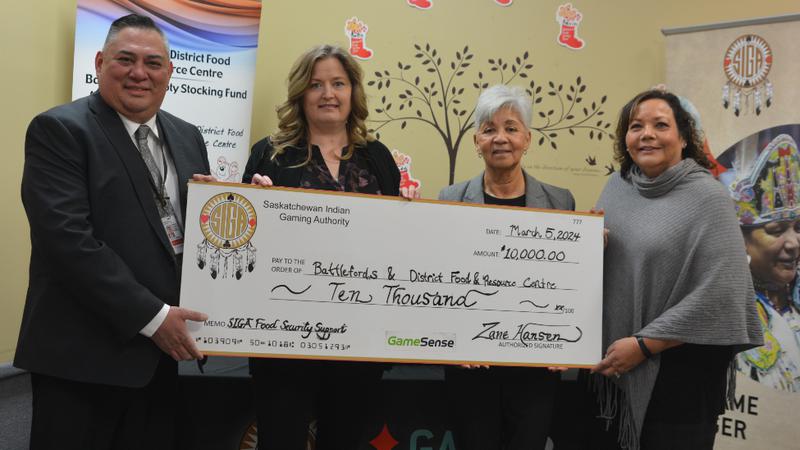
Military must nearly double annual female recruitment to reach its own target
OTTAWA — The Canadian Armed Forces needs to nearly double the number of women it has been recruiting in recent years to reach its goal of having women represent one-quarter of all military personnel by 2026, according to an internal study from the Department of National Defence.
The study prepared by Defence Research and Development Canada, which is the research arm of the department, says the military must recruit around 3,500 women each year to meet its own internal deadline.
The Canadian Press obtained the study through the Access to Information Act.
However, over the past decade, the military has never recruited more than 1,850 women in a single year. While the study does not come to any conclusions about the feasibility of meeting it target, the numbers suggest the Forces would hard-pressed to declare mission accomplished.


